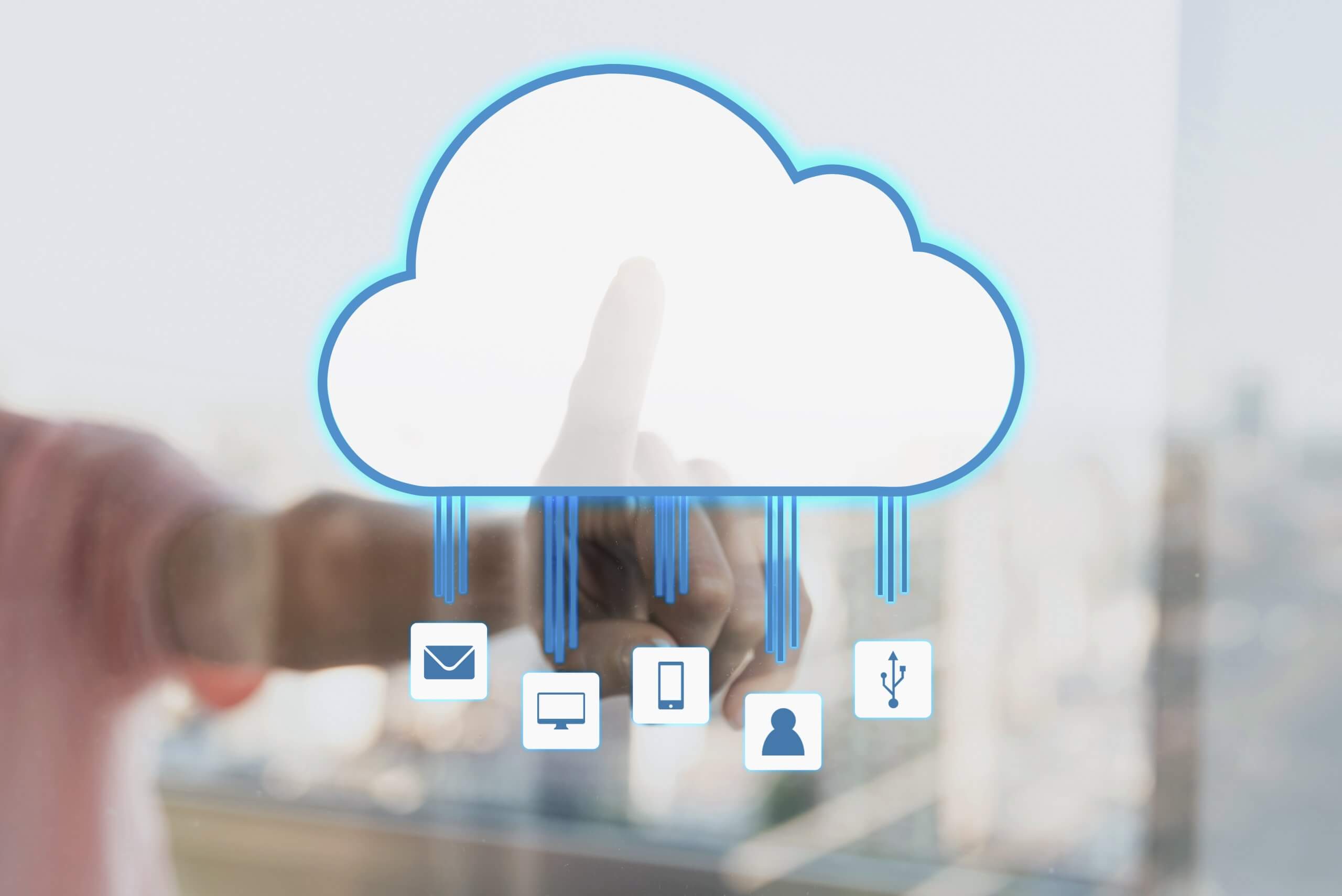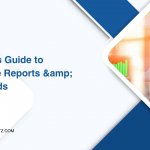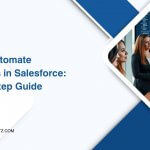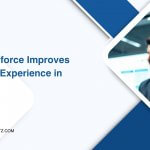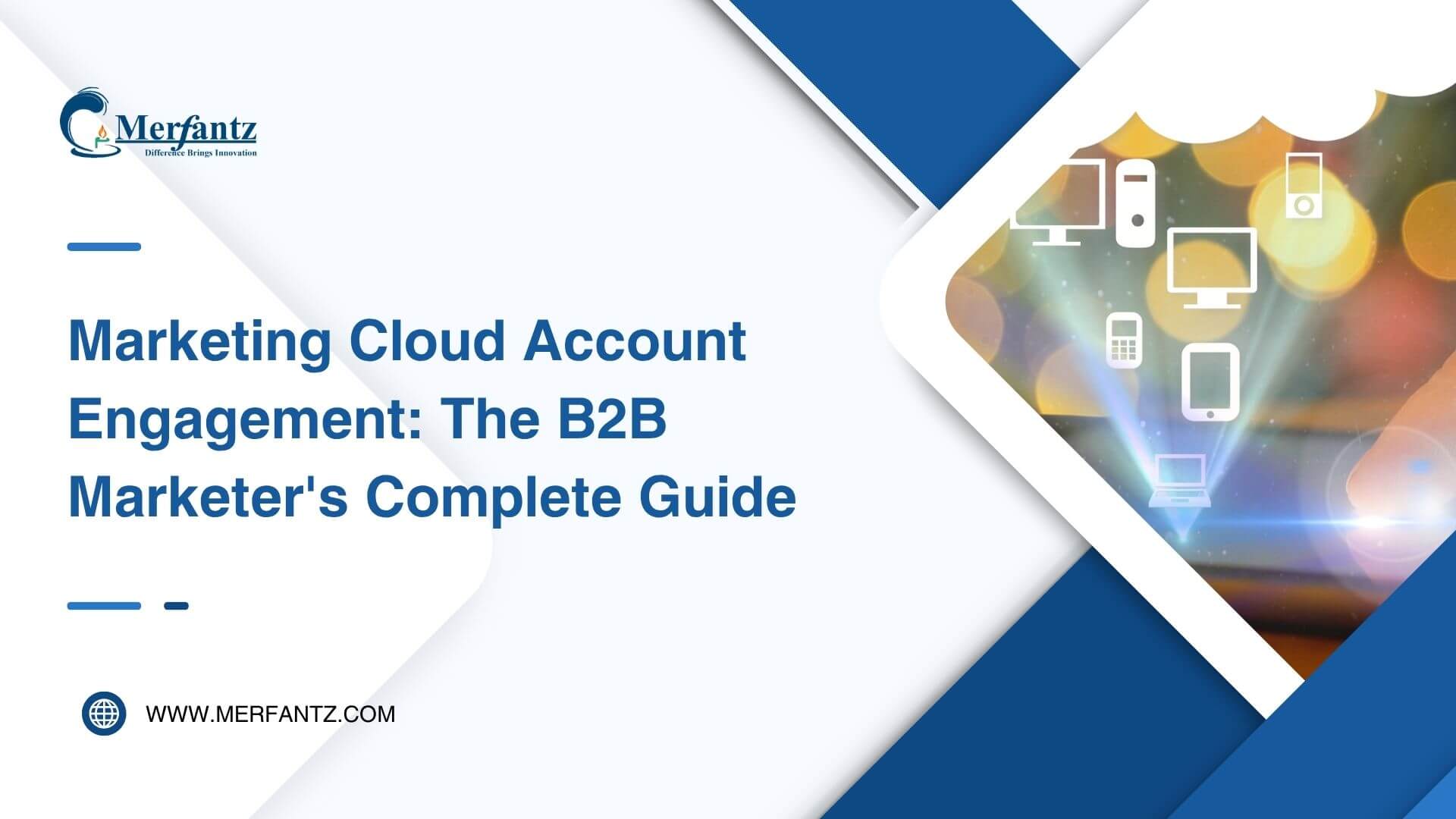
Did you know a single buyer journey can generate thousands of interaction points that go unread without the right system? That gap is why I built this guide: to demystify salesforce marketing cloud for B2B teams who need a practical, end-to-end view of the platform.
I’ll show how the toolset shifted from simple campaign sends to real-time customer engagement across the lifecycle. You’ll see where data unification and personalization add the most value, and where process changes are required.
In my work I use first-party data to design programs that respect privacy, drive relevance, and scale across teams. I walk through Studios, Builders, and Account Engagement use cases so you can pick the right approach for email, web, and beyond.
Expect clearer customer insights, better campaign orchestration, and stronger customer engagement you can act on immediately. This guide comes from hands-on implementations and aims to balance strategy with execution.
Key Takeaways
- This guide breaks down the platform evolution and core modules for b2b marketing.
- Learn how data and personalization improve segmentation and lifecycle outcomes.
- See practical playbooks for journey design and cross-channel execution.
- Find implementation tips that protect privacy and scale across teams.
- Walk away with tactics to boost email marketing and overall customer engagement.
What I Mean by a Complete B2B Guide to Marketing Cloud Account Engagement
A true end-to-end guide shows how architecture, operations, and measurement work together for business impact. I define “complete” as covering strategy, technical design, execution, and reporting — not just a features list of the marketing cloud.
In B2B marketing I treat account engagement as the engine for lead capture, scoring, grading, and nurture. It’s optimized for considered purchases and longer sales cycles, while the broader platform handles multi-channel, transactional programs. Both can sync with CRM for handoffs.
I decide between tools based on data complexity, team skills, content ops, and time-to-value. My blueprint maps data models, segment definitions, journey logic, personalization rules, and analytics so teams can get started with confidence.
- Governance: brand control, permissions, and asset reuse across business units.
- Integration: how handoffs to sales and service shape process and SLAs.
- Delivery: timelines, resourcing, change management, and ready-made templates.
I rely on checklists, journey canvases, and QA flows to reduce risk and speed delivery for busy teams.
Salesforce Marketing Cloud: Today’s Agentic, Data-Driven Platform
I set strategy, and the platform’s agentic features handle continuous execution. Agentforce runs as an autonomous collaborator that drafts content, builds audiences, and optimizes journeys across the customer lifecycle.
Two-way messaging replaces one-way blasts. With AI embedded across email, SMS, and web, messages can answer questions, route prospects, and hand off to sales or service while keeping brand tone and compliance intact.
Data Cloud brings structured records and unstructured assets—PDFs, videos, CMS content—into a single identity layer. That unified view powers real-time personalization and automation, so offers refine themselves from live signals rather than quarterly batches.
Autonomous campaigns cut time-to-live dramatically. I can assemble, test, and deploy campaigns in hours, then use real-time analytics to scale or course-correct as performance dictates.
- Trust and guardrails: I define audience, tone, and compliance rules and keep approvals and version control in place.
- Analytics: I monitor live performance indicators to verify AI-driven changes and measure lift.
- Product lineage: Knowing the key milestones—from ExactTarget origins to recent rebrands—helps map capabilities to outcomes today.
Inside the Platform: Studios, Builders, and the Data Foundation
The modules inside the product form a clear stack that turns raw signals into coordinated campaigns. I map studios for execution, builders for orchestration, and a unified identity layer for activation.
Email, Mobile, Advertising, Web, and Automation Studios
I use Email Studio to build, test, and send targeted email marketing. Mobile Studio handles SMS, push, and in-app messages.
Advertising aligns ads with CRM audiences and lookalikes. Web Studio (CloudPages) hosts landing pages and forms. Automation Studio runs ETL tasks, imports, SQL, and extracts.
Journey Builder, Contact Builder, Content Builder
Journey Builder maps cross-channel logic visually while Contact Builder holds the person-level model for segmentation. Content Builder speeds production with reusable content blocks so brand and testing stay consistent.
Analytics, Personalization, and the Identity Spine
I monitor performance with Analytics Builder and Marketing Cloud Intelligence dashboards for quick insight. Marketing Cloud Personalization (formerly Interaction Studio) adapts web experiences in real time.
Data Cloud (aka the salesforce cdp) stitches identities across sources. Marketing Cloud Connect syncs events and objects with Sales Cloud for timely handoffs.
- Core studios power channel execution.
- Builders keep data and journeys in sync.
- Intelligence and personalization close the loop.
How I Use Account Engagement vs. Marketing Cloud for B2B Growth
I decide on tools by starting with the buyer and the business goal. If the sale is long, involves committees, and needs scoring, I default to account engagement. It fits lead grading, progressive profiling, and nurture tracks that map to stages in the customer lifecycle.Account Engagement for considered purchases and long sales cycles
I use account engagement when I need deep lead scoring, interest capture, and multi-touch nurture. That lets me build intent signals and pass qualified prospects with rich context to sales teams in an orderly way.
When Marketing Cloud makes sense for transactional, multi-channel campaigns
For high-volume email marketing, SMS, and real-time personalization driven by broad data sets, I move to the broader platform. It handles complex segments, large lists, and cross-channel journeys at scale.
Working together: data sync, segmentation, and handoffs to sales and service
I link the products so engagement scores and form activity trigger downstream journeys and alerts in Sales Cloud. Clear rules of engagement keep early-stage lead work in account engagement while lifecycle and transactional messaging run in the other system.
- I map editions (Growth vs. Advanced) to roadmap needs and feature priorities.
- I create shared data dictionaries and governance to avoid sync errors.
- I measure pipeline impact by tying journey participation and content influence to sales outcomes.
Proven Strategies and Best Practices I Rely On
I rely on practical playbooks that translate strategy into repeatable, measurable campaigns. These guidelines keep teams aligned and reduce launch risk while improving results.
Designing journeys that span the full customer lifecycle
I blueprint journeys from onboarding to renewal, using Journey Builder to branch on behavior and attributes. This lets me tailor paths for adoption, expansion, and win-back without rebuilding logic each time.
Building scalable data models and segments
I model profiles in Contact Builder and the identity layer so segments stay durable and transparent. That avoids brittle filters and makes testing and re-use simple for b2b marketing programs.
Personalization tactics with Einstein and modular content
I apply Einstein Send Time Optimization and content selection to lift conversions. Content Builder blocks keep creative operations efficient and consistent across email and web assets.
Measuring impact with unified analytics
I set KPI trees that roll up clicks and conversions to pipeline and revenue. I visualize outcomes in Intelligence dashboards and use standard reports to tie campaigns to business impact.
Governance, QA, and partner enablement
I codify brand guardrails, consent rules, and retention policies so personalization and privacy move together. I operationalize QA checklists—seed lists, rendering, link validation, and split tests—before every launch.
- Templates: governed, pre-approved journeys for field teams.
- Naming: consistent conventions to speed audits and reporting.
- Enablement: training and measurement access for partners without fracturing the brand.
Choosing and Implementing Marketing Software the Smart Way
Picking the right marketing software starts with a tight list of business problems you need to solve. I focus on outcomes first, then map required capabilities and features to each use case. This keeps the selection practical and tied to measurable goals.
Requirements, usability, scalability, and security: my evaluation checklist
I build a ranked requirements backlog that maps use cases to impact and feasibility. I run hands-on demos to vet usability and the product’s real-world fit.
Security and compliance get early attention: role-based access, audit logs, and privacy controls must pass my checklist for regulated industries.
Integrations and data readiness: preparing for bidirectional sync
I test integrations early, including Sales Cloud objects, identity links, and event sync. Verifying bidirectional flows before scaling avoids data gaps.
I also craft a data readiness plan: taxonomy, consent flags, and identifiers so journeys activate without rework. Where needed, I plan to leverage the salesforce cdp for unified activation.
People, process, and training: setting teams up for success
I size implementations to team skills and change needs. Training and clear process owners deliver quick wins and reduce friction.
- I define SLAs with vendors and partners for support and incident response.
- I assess total investment: licenses, content ops, automation, and monitoring to forecast ROI timelines.
- I sequence rollout: pilot key journeys, validate reporting in Intelligence, then expand tools and channels confidently.
Conclusion
A focused pilot proves how unified data and automation lift engagement and pipeline fast.
I recap what matters: agentic capabilities plus a unified identity layer (Data Cloud / salesforce cdp) speed real-time personalization and two-way messages across channels.
I separate account engagement work from the broader marketing cloud product so handoffs to sales stay clear and reporting stays clean.
Operational excellence — governed content, QA, analytics, and compliance — keeps programs fast and safe. To get started, prioritize one lifecycle journey, align data and consent, and ship a pilot with clear success metrics.
I measure success by engagement quality, pipeline influence, and revenue lift, then use those insights to iterate and grow.
FAQ
What is “Marketing Cloud Account Engagement” and who should use it?
How does account engagement differ from the larger platform for multi-channel campaigns?
Can I combine account engagement with the multi-channel product to sync data and workflows?
What core studios and builders should my team learn first?
How do I approach data unification for real-time personalization?
What role does analytics play and which tools should I use?
How do autonomous campaigns and agentic features change my planning?
What governance and compliance practices do you recommend?
How should I evaluate editions, licensing, and integration needs?
What training and team structure works best for adoption?
How do I measure the success of B2B programs built on these tools?
Are there quick wins I can implement in the first 90 days?
Author Bio
Co-Founder & CMO at Merfantz Technologies Pvt Ltd | Marketing Manager for FieldAx Field Service Software | Salesforce All-Star Ranger and Community Contributor | Salesforce Content Creation for Knowledge Sharing

